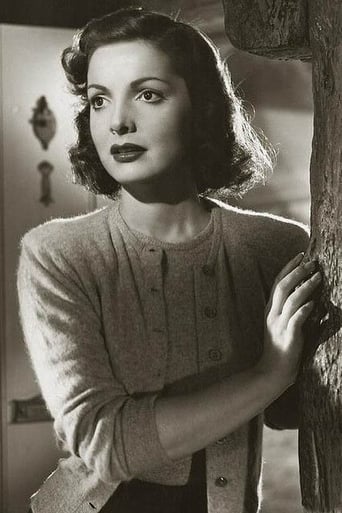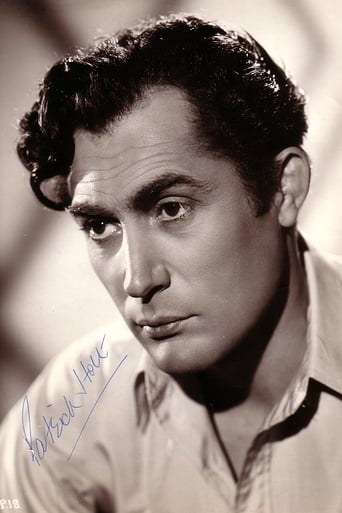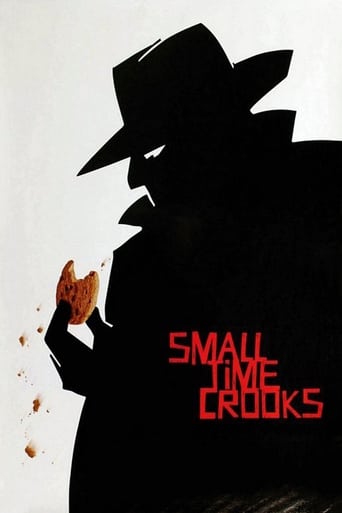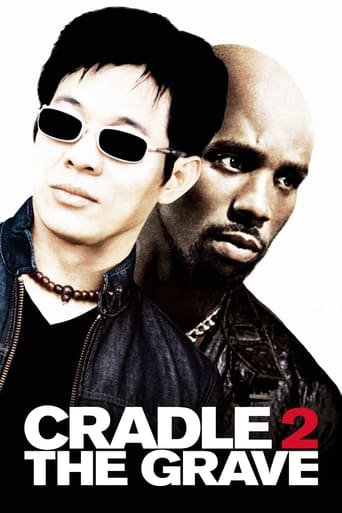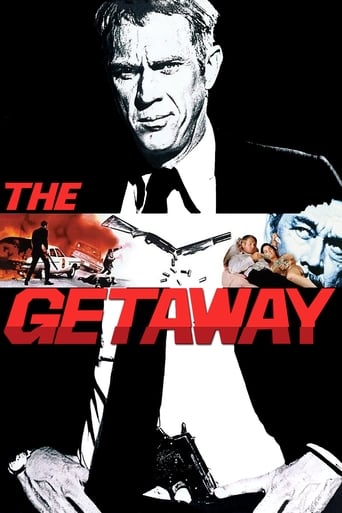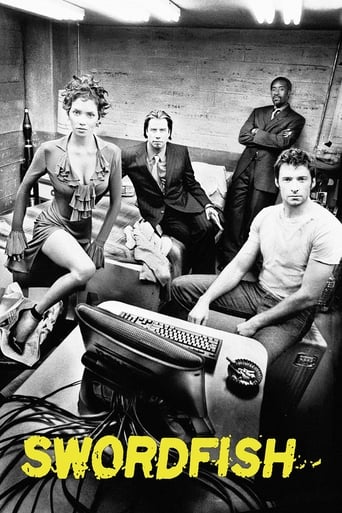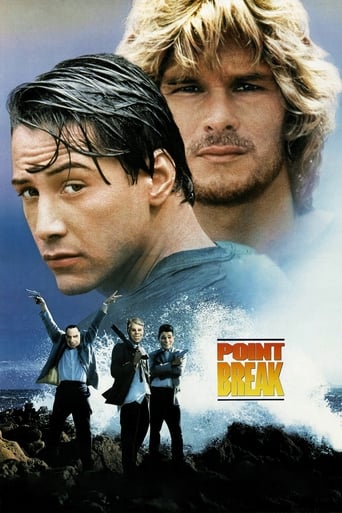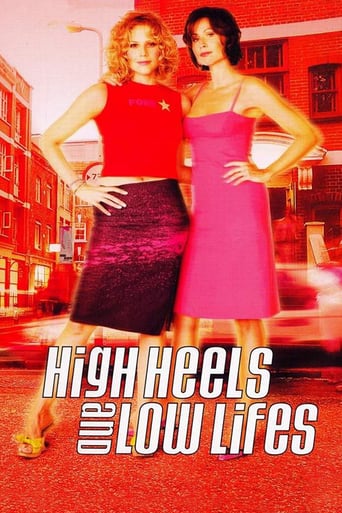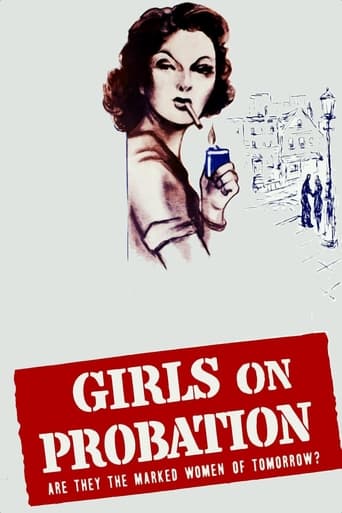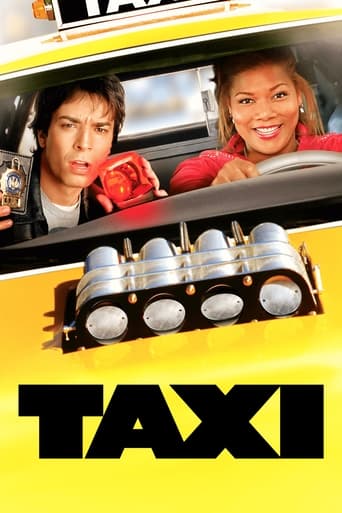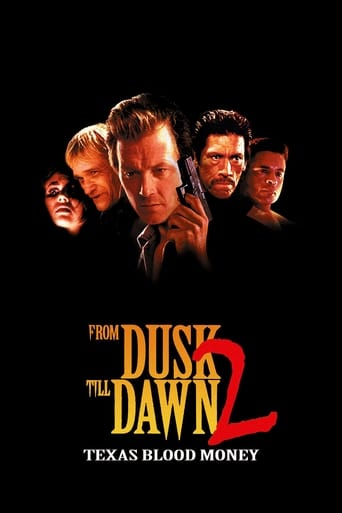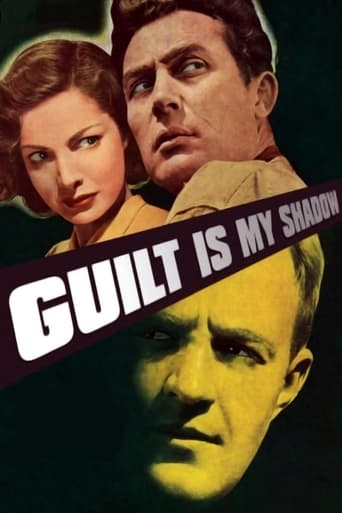
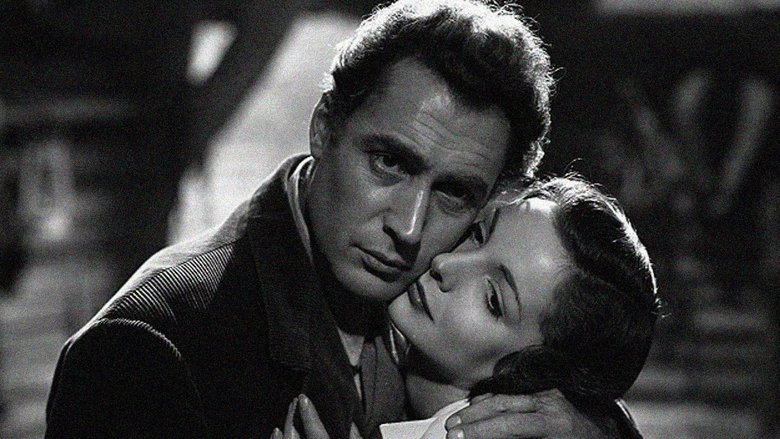
Guilt Is My Shadow (1951)
A woman is haunted by her conscience after she murders a man and then hides the body. Based on the novel 'You're Best Alone' by Norah Lofts.
Watch Trailer
Cast


Similar titles
Reviews
GUILT IS MY SHADOW is a low rent British crime drama that fails thanks to the writing, in particular the character of Jamie played by Peter Reynolds. Jamie is the film's protagonist and gets way too much screen time considering that his obnoxious character is one of the most annoying ever; the viewer has to sit through scenes and scenes of him treating everybody like dirt, while the warm and sympathetic characters as played by Patrick Holt and Elizabeth Sellars don't get as much of a look in.The story's rural setting (it was filmed in Devon) is an interesting one. Jamie is a getaway driver who escapes the heat to live at his uncle's place, but he's soon getting involved in petty crime. The arrival of his wife complicates things. This is quite a slow paced story but it does pick up with a murderous twist later on. The acting is generally of a strong standard and there are bit parts for Esma Cannon and Desmond Llewelyn. A pity that the ending is prohibited by the usual moral constraints of the era as it ends on a very downbeat and depressing note.
I'm prejudiced in favour of GIMS because a lot of it was filmed in Devon c1950, just before I moved to the county, and I'm prone to nostalgia. I liked the scenes shot in Ashburton and the agricultural fair - very evocative of simpler - perhaps happier - times.Putting aside the Devon content, the film is a reasonable post-war low-budget film. Before seeing it, I hadn't been aware of Peter Reynolds, who came over as a type like David McCallum in his young tearabout roles. Elizabeth Sellars reminded me a little of Joan Collins, but nicer. And in a pub scene one can glimpse "Q" himself - Desmond Llewelyn. Apart from the token Devonshire accent, everyone seemed to speak every so nicely.Film industry conventions of the time demanded that people should pay for their crimes, whatever the provocation, and there were no great surprises at the end.The only jarring note was the scene in the foggy churchyard.GIMS was one of the best things I saw on TV over the Christmas-New Year period - which may not say much for everything else!Incidentally, there's a brief scene of a small train arriving at "Welford Station" - perhaps the branch line terminus at Ashburton. There was actually a Welford Park station on the Lambourn Valley Railway, north west of Newbury, that served the hamlet of Welford.
Elizabeth Sellers was the only reason to bother with this. Roy Kellino was a journeyman writer/director at best and if he's remembered at all in the future it will be as the first husband of James Mason's wife, Pamela, and possibly for his partnership with Mason. It's a clumsy plot that's not sure whether it wants to be a thriller, rural idyll, or psychological drama. With no back-story we watch a getaway driver flee from a failed bank robbery and travel to Devon where an uncle puts him up temporarily. Next thing a wife turns up and again there is no back story. The man, Jamie, makes no attempt to be anything other than a bad lot so it's no surprise when he gets it where the chicken got the axe. There's still about three reels to go but Kellino is totally unable to milk it for suspense so it more or less peters out.
Shifty crook, Jamie (Peter Reynolds), driver of the getaway car for a London bank robbery, drives off when he sees that the robbery has gone wrong. He ends up at his uncle's remote Devon farm where he tends to abuse the cold hospitality offered. After obtaining work at a garage in the local village, he chats up the easy middle class 'tart', Betty (Lana Morris), stealing from Kit, his uncle (Patrick Holt), to treat her, and himself. He receives a telegram from his wife, Linda (Elizabeth Sellars), to say that she is on her way down by train, and persuades his uncle, who had not known he was married, to let her stay at the farm. As there is only one bed, Kit agrees to sleep in the barn whilst Jamie is able to sleep more comfortably, with his wife, in Kit's bed. After a bad start, Kit and Linda get on well with each other, whilst selfish Jamie continues lying, stealing and his liaison with Betty One evening, Jamie meets up with his girlfriend, thieving from his employer's till to cover 'expenses'. The following day, Linda discovers him stealing from Kit's 'safe' in order to repay his employer. A struggle ensues, ending with Linda protecting herself with a heavy candlestick, accidentally killing her husband. She confesses to Kit who buries Jamie's body near the blocked entry to a disused tin mine. To all intents and purposes, Jamie has gone away, and eventually Kit and Linda's relationship develops into love, fuelling gossip in the village. Suddenly Jamie's mother, Kit's sister, arrives to see how her son is, but Linda's guilt overcomes her and she suffers concussion falling downstairs. In this state, she thinks the local doctor is her late husband, and the doctor hears her saying Jamie's name and that she had killed him. The police arrive the following morning, tipped off by the doctor, and whilst they are searching the old mine shaft, Kit explains all to his sister, who, although disappointed and saddened, will not say anything to the authorities. The police find nothing but, as they are leaving, Linda asks them to stay, and the film ends with us anticipating that Kit and Linda will tell them the truth, the whole truth and nothing but the truth! So help me - not a bad film to while away half a wet afternoon. Purely for local interest - the 'village' locations were mainly filmed in East Street, Ashburton, Devon. Tillingham's garage was situated between 'The Golden Lion' and 'The Red Lion' at the top of the hill. The stone 'folly' on the opposite side of the road, at the junction with Roborough Lane, is still there, and was probably a water trough for horses, or for washing clothes. One scene, filmed at the junction of North Street, looking up East Street, shows part of the Bank where I worked in the early 1960s!


